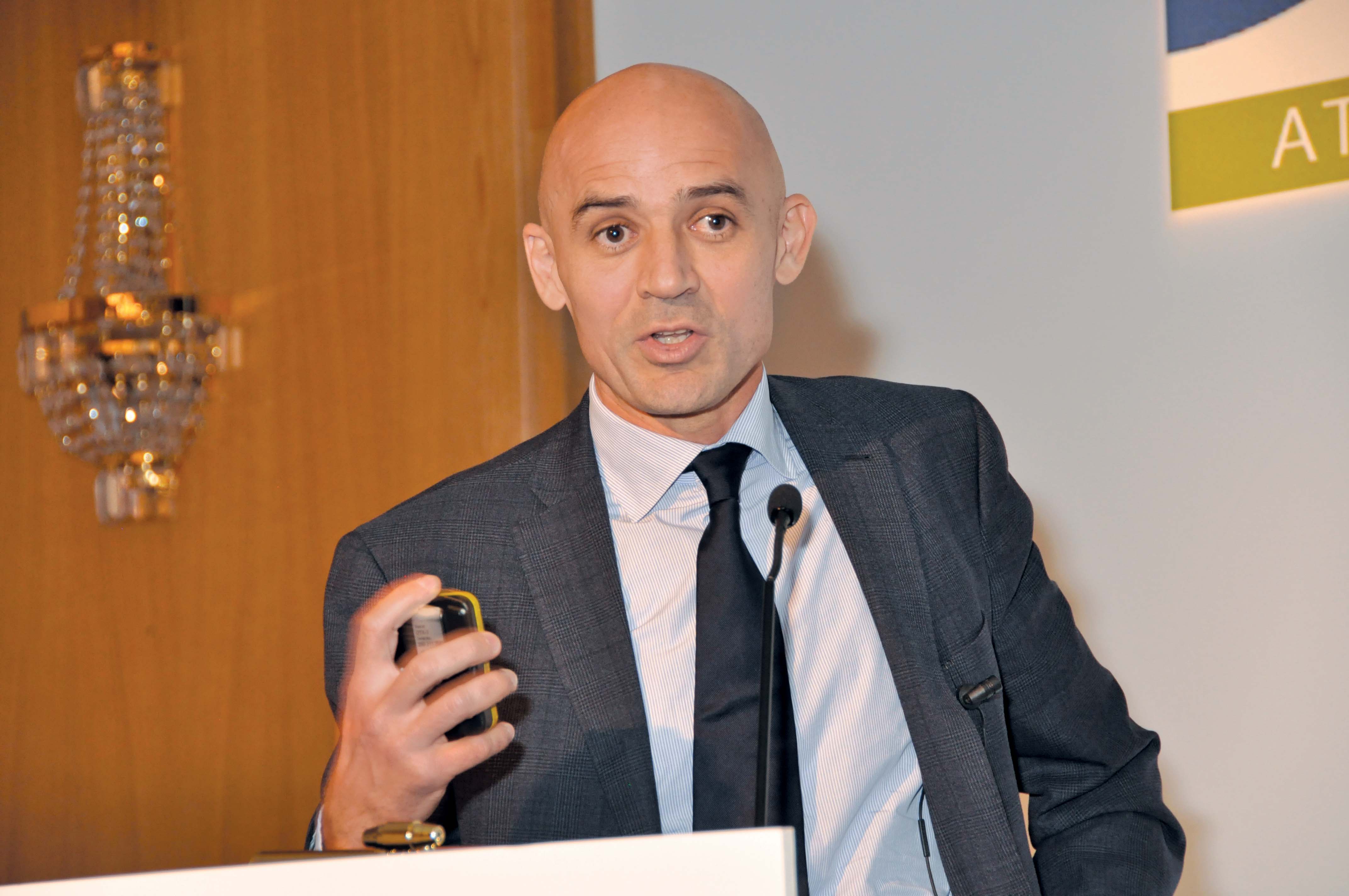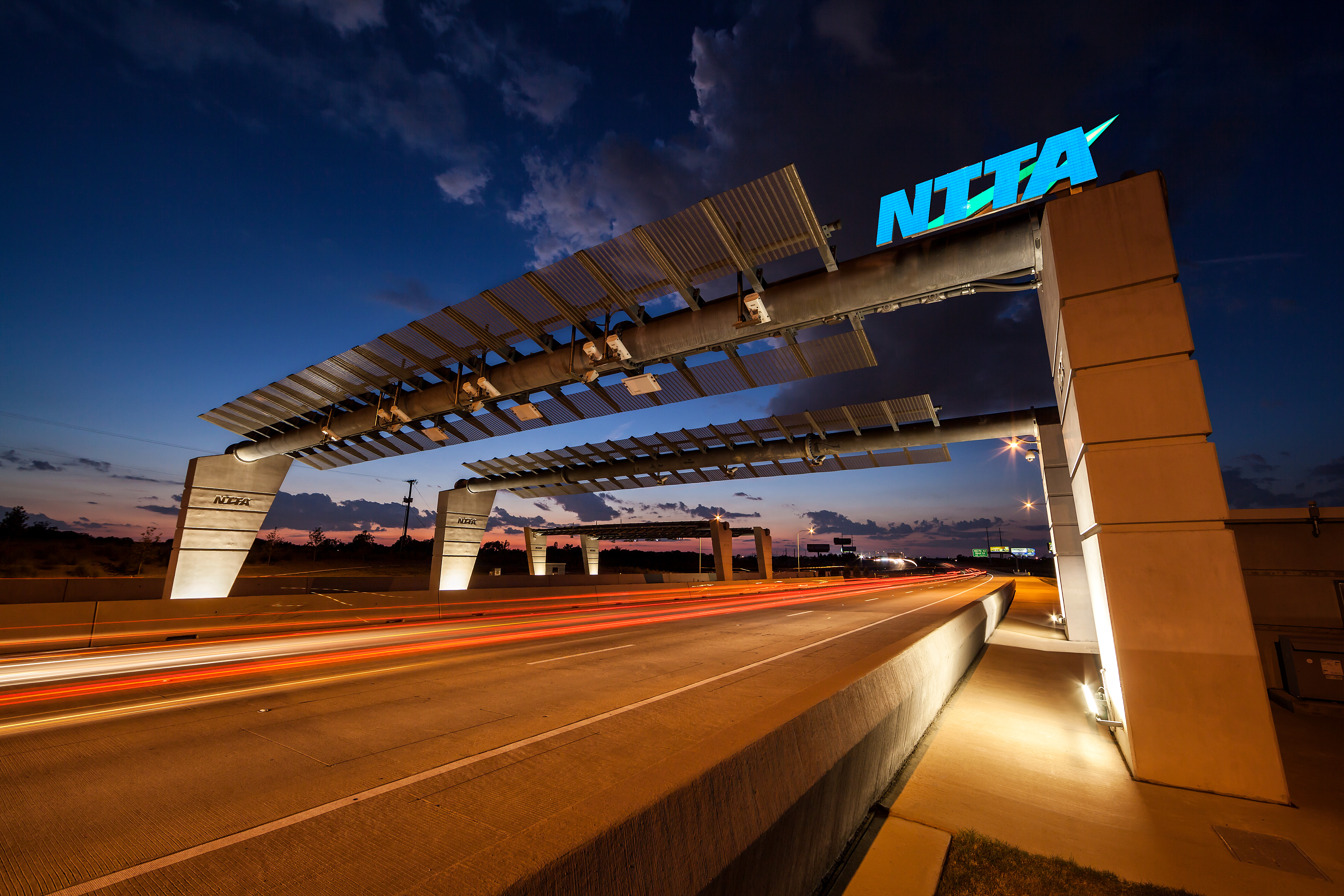Light is being shed on where the real return on investment is today – growing, tangible, revenue-generating markets like ITS. There is a great deal of investment going on within the ITS space, and a great deal of external interest in investing in ITS,” says Scott Belcher, President and CEO of ITS America, which has been connecting investors with technology firms ripe for investment. Interested parties include the leading investment banking firm Raymond James. Its managing director, Gary Downing says: “ITS i

Raymond James managing director Gary Downing is expecting greater investment in ITS
Light is being shed on where the real return on investment is today – growing, tangible, revenue-generating markets like ITS.
There is a great deal of investment going on within the ITS space, and a great deal of external interest in investing in ITS,” says Scott Belcher, President and CEO ofIt seems ITS has become an easy pitch to make to potential investors, as a strong market that delivers on all the requirements for a good investment. “The reason why ITS is such a good bet is because it is the most cost-effective way of addressing the transportation problems we have right now,” Belcher says.
Belcher contends that governments are looking for new innovative ways of dealing with congestion and safety issues where they cannot build roads or buy new buses. ITS enables them to leverage the existing system and make it more efficient, which will continue to spawn innovation and new companies.
“If cities and states are looking for solutions, and there are ITS companies that can provide them, then those are the companies that financial institutions ought to be investing in,” adds Belcher.
Gaining ROI
Downing explains: “When investing, you are looking for growth in revenue and profitability, for businesses that have a technology advantage, so they will be able to grow faster than the rate of the sector, and gain more market share. Those are the ideal candidates for investing”The investor is looking for return on investment, and the first requirement is the ability to generate and grow revenue. ITS fulfills this requirement, partly due to solid government funding. “With the recent transportation bill there is an assurance of funding at the federal level that is going to exist for the next couple years,” Downing points out.
Belcher adds: “ITS America was successful in making sure that ITS investments were eligible for every major formula grant program in Map-21.” The Map-21 transportation bill also promotes a performance-based system that will drive data collection and management, which increases the need for ITS technologies with those capabilities. In addition, the new $62.5 million per year Technology & Innovation Deployment Program provides more funds for transportation technologies. Access to these types of government funds makes the ITS industry attractive to investors.
“Government entities are typically good customers because tax dollars are collected every year,” Downing notes. “That steady stream of income means payment is almost guaranteed. They usually enter into longer-term contracts, which is always good from the investment perspective because it creates certainty of revenue.”
Investing is not only about revenue, however – profitability is also important for a good investment. The ITS industry offers various opportunities for profitability.
For example, Downing explains, sectors demanding a lot of customisation – such as ITS because every agency wants something different – are much more profitable than commodity businesses.
Another trend that boosts the profitability for ITS companies is outsourcing. State agencies and municipalities facing tight budgets often outsource transportation projects.
This provides greater opportunities for profitability because it creates long-term contracts for managing, maintaining and repairing the wide variety of ITS equipment out on the road.
Public-Private Partnerships
Investments in ITS not only take the form of purchasing companies or parts of companies. There is also the public-private partnership (PPP). In a PPP, rather than buying a piece of a company, the investor is buying a piece of a government project and sharing the revenue.“To make a PPP attractive to investors, you need a separable and identifiable revenue stream to attract private capital,” explains John Peracchio of Peracchio & Company, an investment consulting firm. “You must have some way for the investors to make money.”
Examples of ITS projects ideal for a PPP include open road tolling (ORT), high-occupancy vehicle (HOV) lanes, speed enforcement programs and various parking applications.
In these cases, the government will usually lease the project to the investor, who will collect the revenues. States and municipalities with limited budgets are attracted to these agreements because they can fund transportation improvements, and also bring in capital for other needs.
“In terms of public-private partnerships, we see more in Europe right now than in the US,” Belcher notes. “We have not quite figured out the model that works best for us in the US. But I expect to see more PPPs here, especially because of limited government resources.”
One of the challenges with PPPs in the US is that voters often balk at what is seen as selling off a public asset. ITS can be uniquely helpful in this area, because a politician can gain local support for a PPP if the public perceives an advantage to the deal, such as transportation improvements for safety, mobility and sustainability.
“Instead of selling a public asset, they are financing a difficult budget situation with a smart tollroad, bridge or tunnel that makes travel safer, more efficient and lowers the carbon footprint,” says Peracchio. “You can do all that with ITS technologies.”
Parking is also expected to become a popular PPP option, in terms of enforcement of parking violations, and managing smart parking facilities.
“One of the big areas where there is a lot of investment activity in the US right now is with parking companies,” Belcher said. “Managing parking intelligently can generate revenue and help agencies address congestion. It is a win-win.”
Peracchio says: “Many government units have huge parking facilities that are underperforming. Through debt financing they can transfer the parking structure to a separate parking authority with the power to issue municipal debt to gain investors.”
Deploying smart parking technologies in these structures can boost revenue because the parking facility can dynamically attract drivers in real-time who are looking for a parking space, Peracchio adds. “I anticipate that public-private partnerships will grow significantly. Government simply doesn’t have the funding available to take care of our public transportation needs. Necessarily, they will turn to private sources of capital.”
Leading the way
The rise of investment in the ITS industry is due in no small part to the efforts of ITS America. Educating investors about ITS has been a major focus of the organisation in recent years. “ITS America is active in advising and directing investment companies towards technology trends and firms leading those trends,” says Belcher.The association operated an investor matching service at the last ITS World Congress; it presented an investment panel and hosted an investor reception at the recent ITS America annual meeting; and has established an investor committee. Next on the agenda is a pair of smart parking seminars to be held on both coasts by ITS America in Fall 2012 and Spring 2013. The events will highlight successful smart parking deployments and opportunities to monetize parking assets through investment.
“In the past, the ITS market, which could be as large as $50 billion, has not been on radar screens as an area ripe for investment,” Downing adds. “But I think ITS America has done a very good job of getting the word out: this is an industry that is attractive, and investors are looking at it.”












